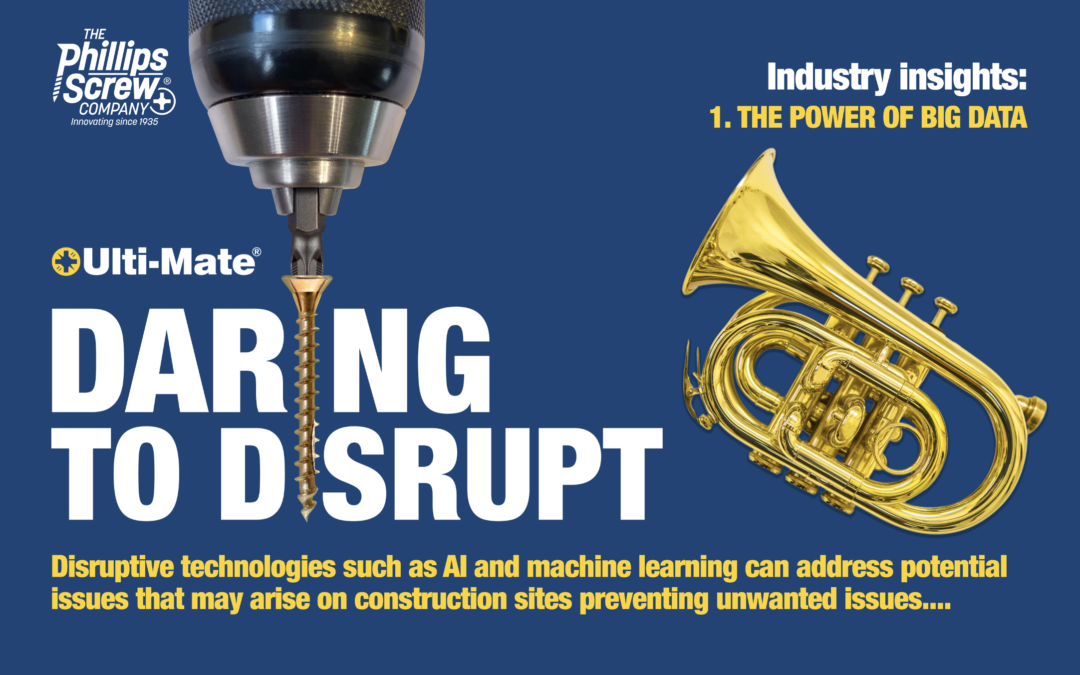Biometric sensors in construction
Biometric sensors are a type of sensor that can be used in construction sites to provide real-time data about environmental conditions and worker safety. These sensors can measure things like air quality, noise levels, temperature, and even the vital signs of workers on site.
Biometric sensors have a few advantages for contractors working in construction. For example, they allow managers to monitor the health and safety of workers remotely via computer or smartphone. They also help improve efficiency by providing real-time data on conditions in the field. Additionally, biometric sensors often cost less than traditional monitoring methods such as manual inspection or weather stations.
Some common biometric sensor types that are used on building sites include:
Occupational hygiene sensors. These measure things like temperature, humidity, air pressure, noise levels, and electrostatic charge to help prevent worker exposure to hazardous conditions like chemical vapours or excessive heat.
Construction material testing sensors. These instruments use methods like X-ray diffraction analysis and atomic force microscopy to detect moisture content and other characteristics of concrete, mortar, grout, asphalt, and other materials used in construction projects. This information can help contractors make decisions about when and how materials should be used, as well as alert them to potential problems with the site or structure.
Sensor deployment refers to the method by which sensors are installed in a particular environment. There is no single “correct” or best way to deploy sensors, as each type of sensor has its own unique requirements. For example, a sensor that detects motion may need to be placed high on a wall so that it can sense walking and running movements, while another sensor meant to identify specific colours would need to be placed lower down so that it could detect changes in colour across larger swathes of space.
In general, when deploying sensors for research purposes, you will want to consider three main factors: what data do you want the sensor(s) to collect (i.e., what kind of information do you hope they will gather), where do you want the sensor(s) to be placed (i.e., what specific locations will they cover), and how many sensors should be deployed in total (i.e., how dense should the sensor network be). Some additional considerations may include the type of hardware that is needed for a particular sensor, as well as the level of sensitivity and accuracy required for your research goals.
Given these factors, there are a few important steps that should be taken when deploying sensors in any environment. These may include installing sensor equipment in secure locations, ensuring that all sensitive data is always protected, configuring the sensors to collect only necessary information, and carefully monitoring and managing the sensor network over time. With careful planning, proper deployment of sensors can greatly enhance your research efforts by providing you with valuable data about your target environment or system.
Overall, sensor deployment can be a complex and challenging process, and it is important to work closely with data specialists and other experts to choose the best approach for your research needs. However, with careful planning and attention to detail, you can successfully deploy sensors that will collect the data you need to advance your research goals.
Equipment monitoring sensors. These systems utilize various types of sensors, including strain gauges and accelerometers, to track vibrations, movement, temperature changes, and other factors related to the use of heavy equipment such as cranes or bulldozers. This data can help minimize downtime and avoid accidents caused by operator fatigue or unsafe driving conditions.
Overall, biometric sensors are an important tool for construction companies looking to improve safety, efficiency, and productivity on their sites. Whether you’re a contractor looking for ways to monitor your workers’ health and safety or just a homeowner renovating your home yourself, investing in these cutting-edge technologies is a great way to increase your peace of mind and get the job done right.
More articles to come in the following weeks.
To find out how the Ulti-Mate® range of screw fastenings can make your business more efficient, call Andy Boden on 07706 783563 or email aboden@phillips-screw.com
Further reading
https://ciftraining.ie/wp-content/uploads/2021/02/Causeway-Donseed_27.01.2021.pdf
https://www.designingbuildings.co.uk/wiki/Types_of_building_sensors
https://constructionblog.autodesk.com/sensors-in-construction/
#ultimate #ultimatewoodscrews #phillipsscrewcompany #stickfit #constructioninsights #constructionAI #bigdatainconstruction #BIM #constructionefficiency #constructionalgorithms #efficient #performance #woodscrews #screws #construction #worksmart #marketingtoolkit


Recent Comments